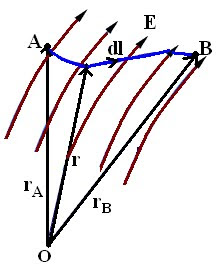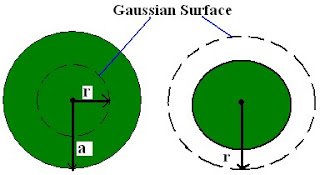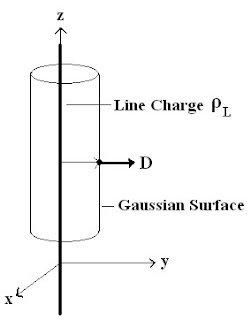Electric Dipole - Potential At a Point Due To Electric Dipole.

- An electric dipole consists of two point charges of equal magnitude but of opposite sign and separated by a small distance. - Consider an electric dipole centered at origin and placed in z – axis as shown in the figure: - The potential (V) at point P is given as: - If the distance between the charges (d) is very small as compared to the distance of the point P from the origin i.e. If r >> d, r 2 – r 1 ≅ d cosθ ; r 1 ≅ r 2 = r ; r 1 r 2 ≅ r 2 Substituting the values in the above equation, the potential at point P becomes: - Electric field intensity (E) is the negative gradient of Electric Potential (V). Hence, - The expressions for electric potential (V) and field intensity (E) above are only valid for a dipole centered at the origin and aligned with the z-axis. - To determine the fields produced by any arbitrary location and alignment , we first need to define a new quantity p , called the Dipole Moment.






